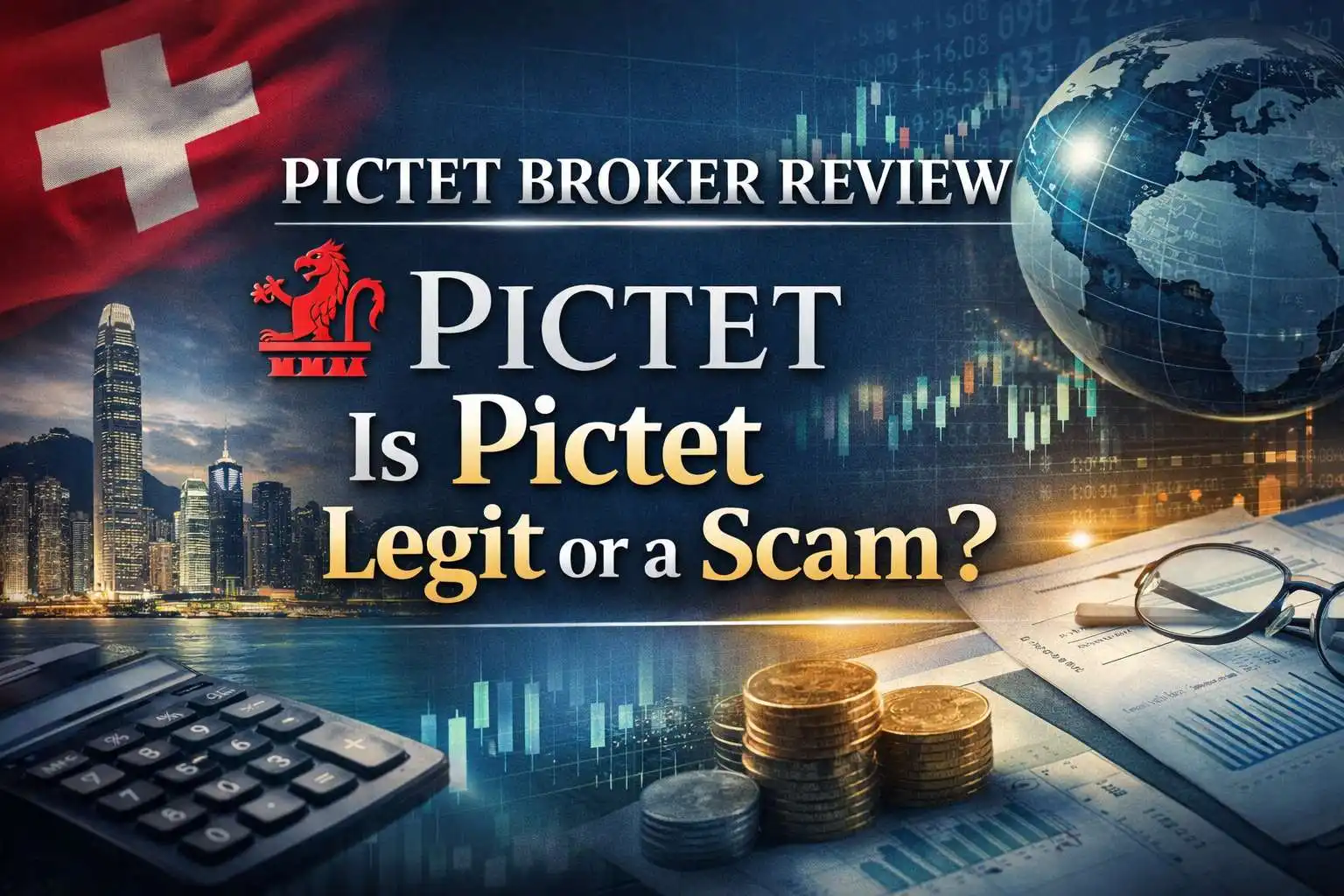Understanding Investment Styles
Abstract:An investment is an asset or item accrued with the goal of generating income or recognition.

An investment is an asset or item accrued with the goal of generating income or recognition. In an economic outlook, an investment is the purchase of goods that are not consumed today but are used in the future to generate wealth. In finance, an investment is a financial asset bought with the idea that the asset will provide income further or will later be sold at a higher cost price for a profit.
Which investment style do you follow in equity market?
We are meant to understand Investment style as the method and philosophy followed by an investor or money manager in selecting investments for a portfolio. Investment style is based on several factors and typically tends to be based on parameters such as risk preference, growth vs. value orientation, and/or market cap. But Do you blindly follow a recommendation from your friends/family/social media influencers? If you are following any reputed fund manager or investment guru (Warren Buffet, Peter Lynch, Rakesh Jhunjhunwala, etc. al), do you know that they follow some basic philosophies while investing and even when selecting stocks? Their choices and selection of stocks are based on multiple factors like value, growth, risk-reward ratio, and market cap (small-cap, mid-cap, and large-cap). Lets look at some of these philosophies and understand their concepts for a better knack for investing.
The first one in this list is Value Investing.
“Value Investing” simply means identifying and investing in companies which are trading at discount to its fair value and are available at cheaper valuations. In simple words, the investors focus is on the value of the companies rather than its growth potential.
For a better understanding, let us take the example of a residential property. In a hypothetical scenario, in one locality, the fair price of 1 BHK property with a carpet area of 1,000 sq. ft is Rs 50 lakhs. Due to a temporary economic slowdown or one event like the COVID pandemic, owners in that locality are willing to sell a similar property at Rs 35 lakhs. This implies that the property is available at a discount of 30% to its fair value (Rs 50 lakhs less Rs 35 lakhs = Rs 15 lakhs, which is 30% of Rs 50 lakhs). Value investors will take advantage of this mispricing in the market and buy the property at Rs 35 lakhs. They hope that when the situation normalizes in the next 12 to 18 months, the property will get sold near its fair value of Rs 50 lakhs, thereby pocketing a handsome profit or gain.
Similarly, value investors identify the universe of, which are trading below its fair value and purchase few of them at an opportune time with an aim of generating healthy profit/gains with adequate margin of safety. In terms of risk factor, value stocks are referred to as low-risk investment as investors tends to purchase mature, profitable and dividend paying businesses
Next question in your mind would be - How to identify fair value of any stock/company/share?
Value investing involves digging through the entire stock universe and finding stocks trading below their fair or intrinsic value. The fair value or intrinsic value of any business/company/stock is computed taking into account various parameters like the growth potential of the industry to which the business belongs, business model and strategy, track record of the management, corporate governance practices followed by the company, financial statements, competitive intensity and various valuation methodology (relative valuation multiples, discounted cash flow, etc.).
Let's take an example, (1) a cement company is currently trading at Enterprise Value (EV) of $60/tonne against the replacement cost of $120/tonne, (2) Profitable and consistent dividend paying FMCG or IT company is trading at P/E multiple of 12x v/s its 5 yr. average P/E multiple of 20x (3) Profitable power generation company is trading at price of Rs 200/share against its fair value of Rs 260/share derived based on discounted cash flow (DCF). DCF estimate the value of a stock, based on its future cash flows.
Why will stock market participants sell the share below its fair value?
There will be different reasons for lower valuations such as, the overall economy is going through tough times leading to investors panicking and dumping their stocks, forcing the prices to go down. Due to such negative sentiments, the stock might fall beyond its true or intrinsic value.
Second investment style in this list is Growth Investing.
It is a philosophy where investors try to identify companies that has a strong profit growth prospect, which is contrary to the value investing.
In simple words, growth investing style involves identifying businesses that outperforms its competitors and industry to earn consistent high returns on their capital employed for a period of 5 years and above. The companies that fall under growth investing category generally have relatively lower dividend pay-out ratio. These companies reinvest a major portion of their earnings back in the business for future expansion. Moreover, valuations of the growth companies are relatively expensive.
However, investors still invest in these expensive stocks as they are rewarded with high profits in the future. The thought process behind this strategy is that the business is likely to prosper, grow faster and as a result, its revenues and earnings might also grow. Investors expects street to reward such companies in terms of higher valuation multiples thereby leading to higher stock prices going forward. In terms of risk factor, growth stocks are referred to as high-risk investment as most of the companies in this investment category are small or mid-sized. Fund managers are attracted towards growth universe so as to identify multi-bagger investments ideas, which outperforms the benchmark indices with wide margin thereby creating extra returns or alpha for its investors.
The stocks that may fit into the growth investment style are (a) the ones that are currently in the initial stages of the business cycle (for e.g. data centres, AI/ML, Cloud, SaaS, Electric Vehicles) or (b) those that are an innovator of new products or services that might help the business grow faster in the years to come (for e.g., Pharma/Agro chemicals/Speciality chemical companies) or (c) are part of industry, which is witnessing shift in market share from unorganised to organised trade (For e.g. Plywood, Tiles, Retail, Movie Exhibition etc).
Which investment style investors should follow?
Now that we have explained the investment styles, You can choose any, since both Value and Growth investments styles have their share of benefits and investors should evaluate pros and cons of both value and growth stocks. It is advisable to create a well-balanced portfolio of 12 to 18 stocks with mix of both value and growth stocks. During different market cycles, either value stocks will perform or growth stocks will perform, thereby ensuring good returns over the longer time frame with an adequate margin of safety. Investors are also recommended to diversify risk by allocating proper weights to different sectors which are part of the benchmark indices like Nifty50.

Read more

Ringgit hits five-year high against US dollar in holiday trade
The Malaysian ringgit extended its rally, reaching a five-year high against the US dollar, trading in a narrow range of RM4.04-RM4.05.

Pictet Broker Review: Is Pictet Legit or a Scam?
When evaluating financial service providers, trust, regulation, and transparency are key. In this review, we examine Pictet — a well-known Swiss financial institution — and assess whether it is legitimate or a scam, highlight its core services, and compare it with other brokers in the market.

Gold Outlook: Record Highs Test Momentum Into Year-End
Gold reached its latest record high during quiet trade on Monday. The question for traders now is whether it can sustain momentum into the year end with depleting volumes.

Voices of the Golden Insight Award Jury | Dennis Yeh, Head of Asia Pacific Region at Taurex
WikiFX Golden Insight Award uniting industry forces to build a safe and healthy forex ecosystem, driving industry innovation and sustainable development, launches a new feature series — “Voices of the Golden Insight Awards Jury.” Through in-depth conversations with distinguished judges, this series explores the evolving landscape of the forex industry and the shared mission to promote innovation, ethics, and sustainability.
WikiFX Broker
Latest News
Spring Rally in Chinese Equities Signals Potential Lift for AUS and NZD
Ringgit hits five-year high against US dollar in holiday trade
Commodities: Gold Targets $5,000 as Central Banks Buying Spree Meet Geopolitical Shocks
Forex vs. Stocks vs. Futures: Which Market Fits Your Wallet?
Transatlantic Rift: Visa Wars and Tech Tariffs Threaten EUR/USD
JPY Alert: Bond Yields Hit 29-Year High as Market Challenges BOJ
Is Finalto Legit or a Scam? 5 Key Questions Answered (2025)
US Banking Giants Add $600B in Value as Deregulation Widens Gap with Europe
Markets Wrap: Gold and Equities Surge to Records as Holiday Liquidity Thinness Rattles Speculative A
Stop Chasing Headlines: The Truth About "News Trading" for Beginners
Rate Calc


